Table of Contents
Introduction to the Jalapeño Spicy Scale
Jalapeños typically range from 2,500 to 8,000 Scoville Heat Units (SHU), placing them in the medium heat category. This guide covers everything you need to know about the jalapeño spicy scale, including heat comparisons, practical handling tips, and buying advice to control spice intensity in your cooking.
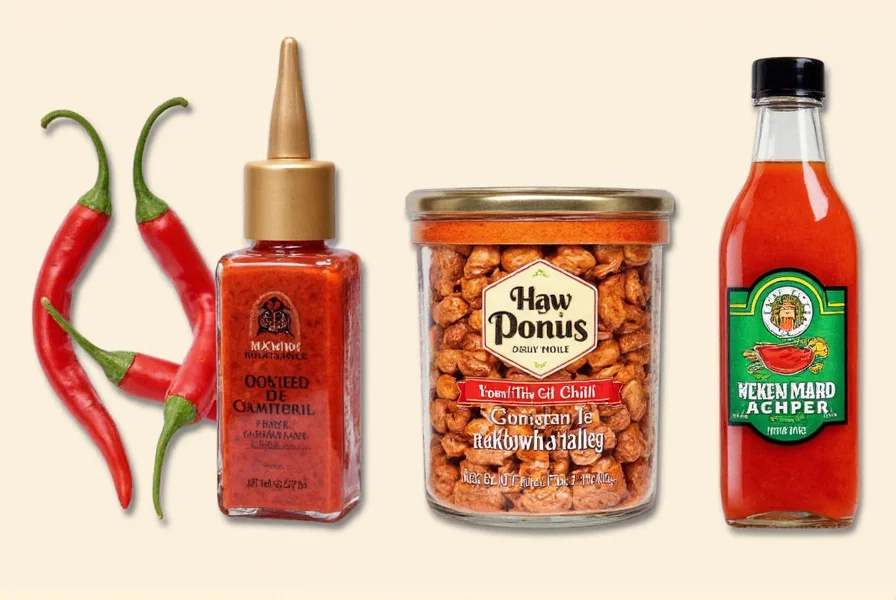
Understanding Heat Levels in Jalapeños
The heat in peppers comes from compounds called capsaicinoids, with capsaicin being the most well-known. These compounds are concentrated in the seeds and membranes of the pepper, which means that removing them can significantly reduce the heat level.
Jalapeños typically range between 2,500 to 8,000 Scoville Heat Units (SHU), according to the Scoville scale, which measures the concentration of capsaicin in a pepper. This places them in the medium heat category, making them perfect for those who enjoy a bit of fire without overwhelming their taste buds.
However, not all jalapeños are created equal. Some may be milder, while others can be quite spicy. Factors such as growing conditions, ripeness, and variety can influence their heat level. For example, red jalapeños tend to be hotter than their green counterparts because they've had more time to develop capsaicin.
| Pepper | Heat Level (SHU) |
|---|---|
| Jalapeño | 2,500 – 8,000 |
| Serrano | 10,000 – 25,000 |
| Hatch Green Chile | 1,000 – 3,000 |
| Cayenne | 30,000 – 50,000 |
| Ghost Pepper | 1,000,000+ |

Spice Basics for Enthusiasts and Professionals
If you're new to the world of spices, understanding the jalapeño spicy scale is a great starting point. It helps you gauge how much heat you're getting from each pepper, allowing you to tailor your recipes to your personal preferences or the needs of your audience.
For professionals in the food industry—chefs, food scientists, and product developers—the jalapeño spicy scale is essential. It allows for precise formulation of dishes and products that meet specific heat profiles. Whether you're creating a spicy salsa or developing a new line of hot sauces, knowing where jalapeños fall on the scale helps you make informed decisions.
One key tip for anyone dealing with spicy peppers is to always handle them with care. Capsaicin can cause irritation if it comes into contact with your skin or eyes, so wearing gloves and washing your hands thoroughly after handling jalapeños is a must.
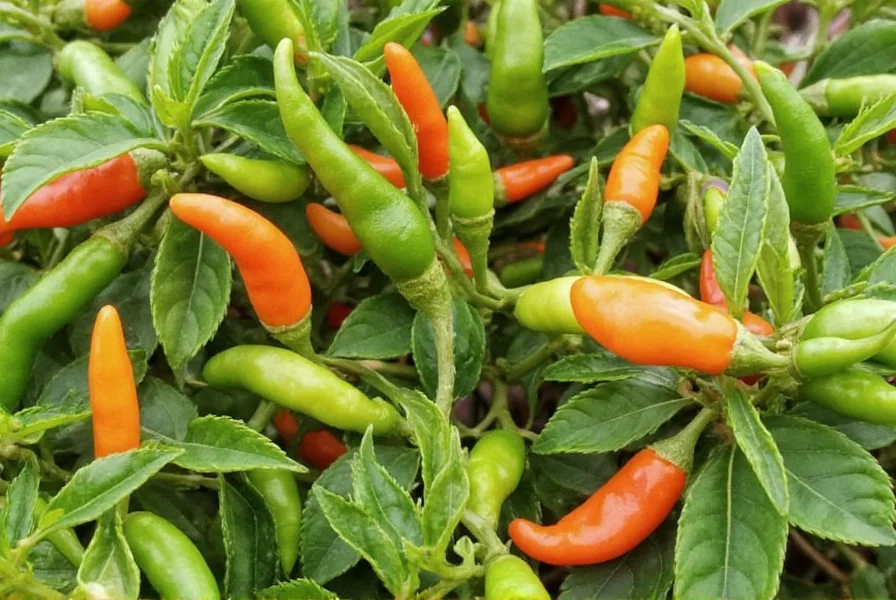
Practical Tips for Handling Jalapeños
Here are some handy tips to help you work with jalapeños safely and effectively:
- Wear gloves when cutting or handling jalapeños to avoid transferring capsaicin to your skin.
- Use a sharp knife to minimize the release of capsaicin oils during preparation.
- Remove the seeds and membranes if you want to reduce the heat level.
- Avoid touching your face while working with jalapeños to prevent irritation.
- Keep a glass of milk nearby to help neutralize the heat if you accidentally touch your lips or eyes.
These simple steps can make a big difference in your experience, especially if you're not used to handling spicy ingredients.
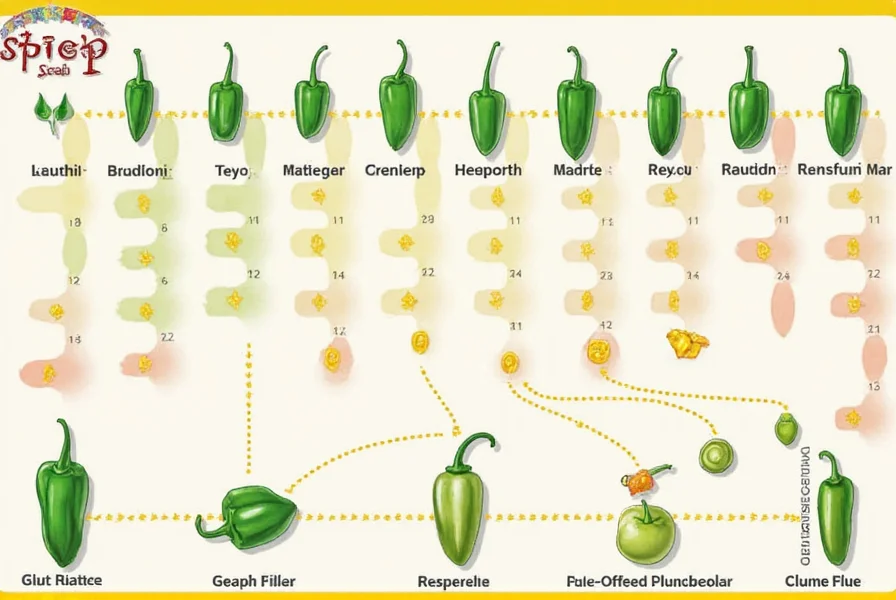
Buying Guide: Choosing the Right Jalapeño
When shopping for jalapeños, it's important to know what to look for based on your intended use. Here's a breakdown of different types of jalapeños and how to choose the best ones for your needs:
Types of Jalapeños
- Green Jalapeños: The most common type, usually picked before fully ripening. They have a crisp texture and a slightly grassy flavor. Ideal for salsas, pickling, and roasting.
- Red Jalapeños: Ripe jalapeños that turn red. They are generally hotter and sweeter than green ones. Great for adding depth to sauces and stews.
- Dried Jalapeños (Chipotle): These are smoked and dried jalapeños. They have a smoky, earthy flavor and are often used in mole sauces and grilled dishes.
For those looking to purchase jalapeños, here are some top products and their features:
Recommended Products
- Organic Jalapeños
- Features: Grown without synthetic pesticides, organic certification
- Advantages: Healthier option, better for those concerned about chemicals
- Use Cases: Salsas, tacos, guacamole
- Target Audience: Health-conscious individuals, home cooks
- Suitable Occasions: Weekday meals, casual gatherings
- Pre-Sliced Jalapeños
- Features: Ready-to-use, pre-chopped, convenient packaging
- Advantages: Saves time, ideal for busy cooks
- Use Cases: Sandwiches, omelets, salads
- Target Audience: Busy professionals, families
- Suitable Occasions: Quick lunches, snack time
- Smoked Chipotle Jalapeños
- Features: Smoked and dried, rich flavor
- Advantages: Adds depth and complexity to dishes
- Use Cases: Mole sauce, grilled meats, soups
- Target Audience: Chefs, serious home cooks
- Suitable Occasions: Special occasions, gourmet meals
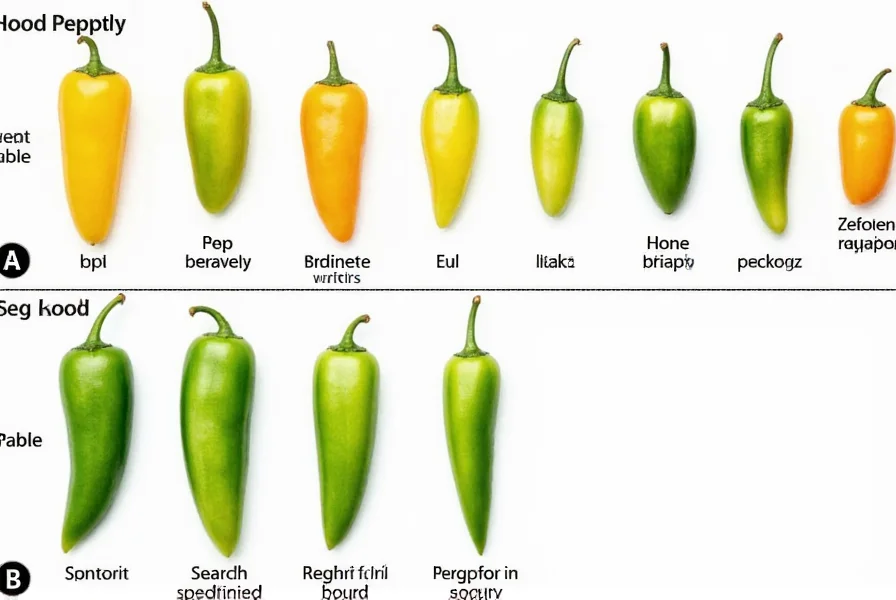
Frequently Asked Questions About Jalapeño Heat Levels
Here are answers to the most common questions about jalapeño heat levels and how to work with them effectively:
How hot are jalapeños on the Scoville scale?
Jalapeños typically range from 2,500 to 8,000 Scoville Heat Units (SHU), placing them in the medium heat category. This means they're noticeably spicy but not overwhelming for most palates. For reference, bell peppers register at 0 SHU, while habaneros range from 100,000 to 350,000 SHU.
Why do some jalapeños taste significantly hotter than others?
Jalapeño heat varies due to multiple factors: growing conditions (drier, hotter environments increase capsaicin production), plant stress, ripeness (red jalapeños are usually hotter), and genetic variation. Even jalapeños from the same plant can have different heat levels.
How can I reduce the heat of a jalapeño in my recipe?
To reduce heat, remove the seeds and white membranes (placenta) where most capsaicin is concentrated. Soaking sliced jalapeños in salt water or milk for 10-15 minutes can also help draw out some capsaicin. Cooking methods like roasting can mellow the heat while preserving flavor.
What's the difference between green and red jalapeños?
Green jalapeños are harvested early and have a crisper texture with grassy notes. Red jalapeños are fully ripened, typically 20-30% hotter, and have a slightly sweeter, fruitier flavor profile. Red jalapeños also contain more capsaicin and beta-carotene.
Are jalapeño seeds actually the hottest part?
No, this is a common misconception. The seeds themselves aren't the hottest part. The white membranes (placenta) that hold the seeds contain the highest concentration of capsaicin. However, seeds often have capsaicin transferred to them from contact with the membranes.
How does jalapeño heat compare to other common peppers?
Jalapeños are milder than serranos (10,000-25,000 SHU) and cayenne peppers (30,000-50,000 SHU), but hotter than Hatch green chiles (1,000-3,000 SHU). They're significantly milder than ghost peppers (1,000,000+ SHU) but provide enough heat for most palates to notice without being overwhelming.
What should I do if jalapeños burn my skin or eyes?
Wash the affected area thoroughly with soap and cold water. Avoid touching your face while handling peppers. For persistent burning, apply milk, yogurt, or a solution of baking soda and water, as capsaicin is oil-soluble and fat-soluble. Never use water alone to relieve capsaicin burns.
Does cooking affect jalapeño heat levels?
Yes, cooking methods impact heat perception. Roasting can mellow jalapeños slightly while enhancing flavor. Drying significantly concentrates the heat. Simmering in liquid distributes heat throughout a dish but doesn't reduce total capsaicin content. Freezing can actually increase perceived heat when thawed.
Why are some jalapeños wrinkled, and does this affect heat?
Wrinkled jalapeños are often hotter because the wrinkles indicate that the pepper has experienced environmental stress (like water fluctuations), which increases capsaicin production as a defense mechanism. Smooth-skinned jalapeños tend to be milder.
How can I tell if a jalapeño will be hot before cutting it?
While not foolproof, jalapeños with more visible striations (white lines), a slightly wrinkled appearance, and smaller size tend to be hotter. Larger peppers with smooth skin are often milder. The only way to know for sure is to taste a small piece after preparing it.
Conclusion
The jalapeño spicy scale is a valuable tool for both spice enthusiasts and culinary professionals. By understanding the heat levels and characteristics of jalapeños, you can make smarter choices in your kitchen and enhance your cooking experience. Whether you're preparing a simple salsa or experimenting with complex sauces, knowing where jalapeños stand on the scale helps you control the intensity and flavor of your dishes.
Remember, the jalapeño spicy scale is just one part of the larger world of spices. As you explore other peppers and heat levels, you'll discover a whole new dimension of flavor and excitement. So next time you reach for a jalapeño, take a moment to appreciate the balance of heat and taste that makes this humble pepper so special.
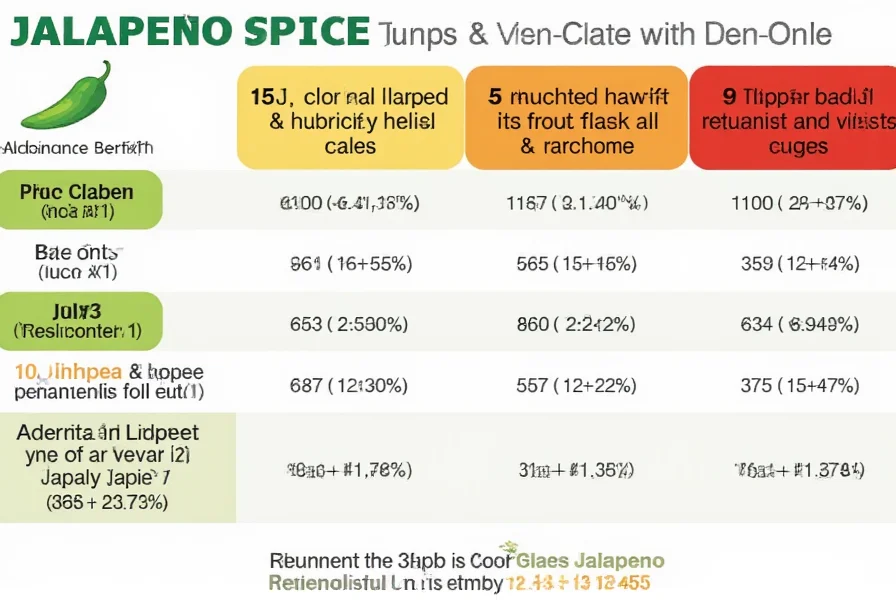

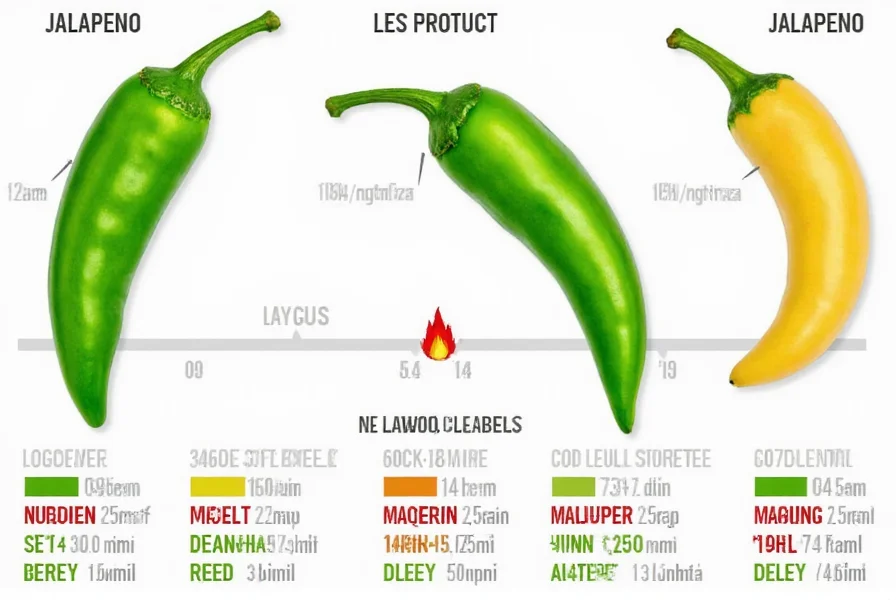









 浙公网安备
33010002000092号
浙公网安备
33010002000092号 浙B2-20120091-4
浙B2-20120091-4